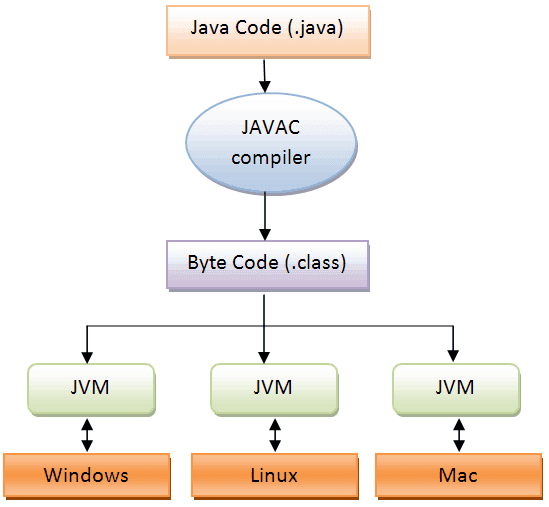INTERVIEW AND C LANGUAGE
INTERVIEW AND C LANGUAGE
·
-17/5 = -3
* -17%5 = -2
·
17/-5
=-3 * 17%-5 =
2
·
-17/-5 = 3 * -17%-5 = -2
1. x=(a==b);
2. c=a>b;
3. d=a<b;
4. e=(4!=3);
5. f=(8>=17);
6. g=(123<=123);
If the given condition( expression i.e.
(a>b) ) is true it will store value 1 and if condition is falsethen it will
store 0 in the respective variable( i.e. x,c,d,e,f,g).
- Conditional operator( ?: ) in C language
Conditional operator work just like if
else statments
Example:
(Statement1)? (statement2):(statement3);
If statement1 is true then statement2 will execute and if statment1 is
false then statement3 will execute.
int a=10, b=20, c=30,d;
d=(a<b)?50:100;
printf(“ d = %d”, d);
Output:
d
= 50
- Nesting of conditional statements
Syntax:
(Statment1) ? (statment2) : (statment3) ?
(statment4) : (statment5)? (..............
- Use of && operator
res=(a>=10 && b==20);
If both the condition
on either side of && is true it will return 1 otherwise it will return
0.
- Use of || operator
res=(a>100
|| b<0);
If any of the condition on either side
of || is true then it will return 1 otherwise 0.
- ‘ ! ‘ is called Not or Negation operator. It is unary operator.
res = !a;
If operand’s value is
non-zero it is converted into false value that is 0 and vice versa.
- x=10; x=10;
y=x++ y=++x;
Output output
X = 11 x
= 11
Y = 10 y
= 11
- printf( “ %d%d%d”, --x, ++x, x++);
Output of the above statment will be
determined from right of printf statment.


Comments
Post a Comment